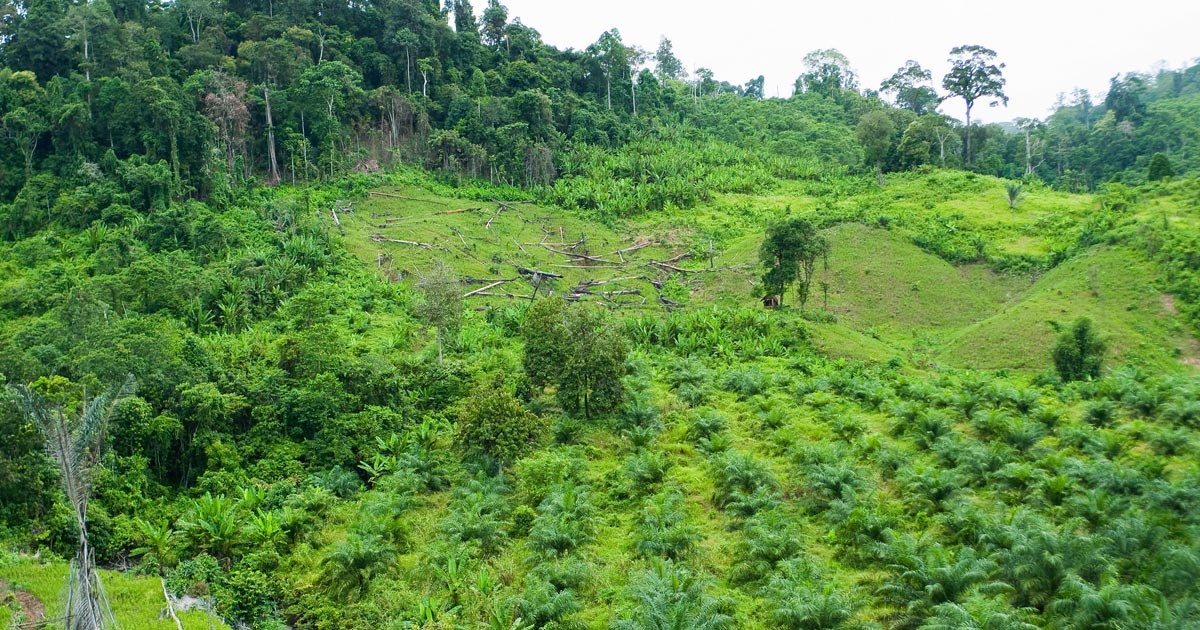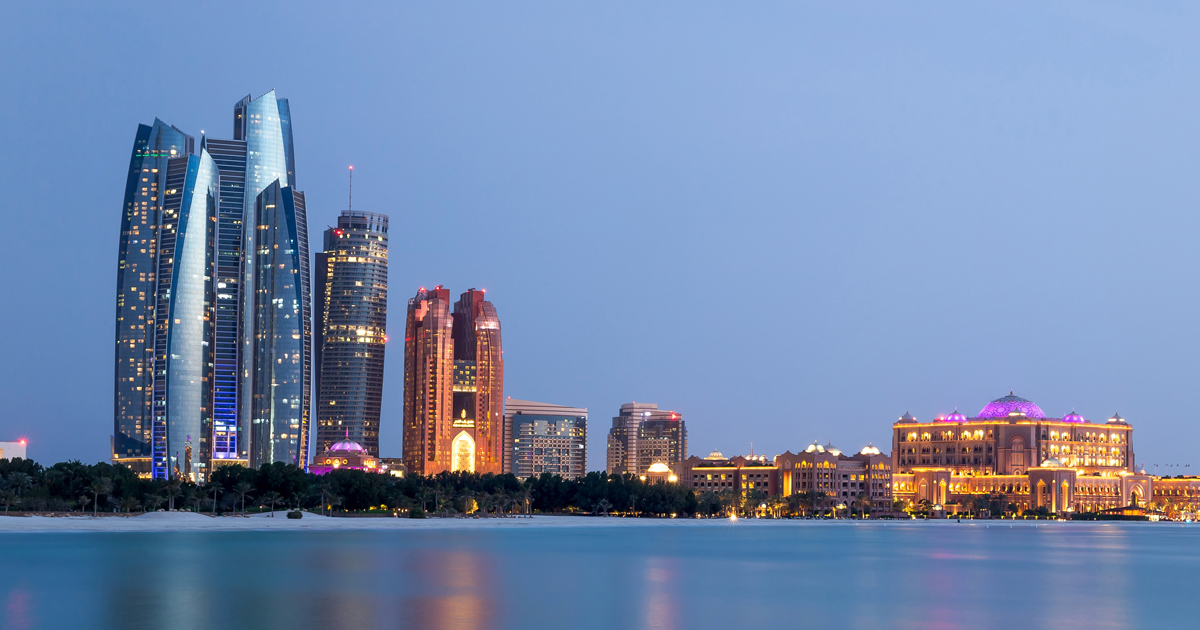
Oil palm (Elaeis guineensis) is ubiquitous. Used in nearly every commercial sector1, it is on the label of thousands of food and cosmetics products and is also found in detergents, animal feed and biofuel. The fruits of oil palm are harvested across 20 million hectares in 49 countries2. But although it is an efficient crop, supplying 40% of the global market for vegetable oil on less than 6% of the land used to produce all other plant oils (see go.nature.com/3pfkbc1), the expansion of oil-palm cultivation in the form of monoculture plantations has led to widespread deforestation and biodiversity loss. Writing in Nature, Zemp et al.3 report that dotting oil-palm monocultures with what are termed tree islands — generated using a form of agroforestry in which small areas of native trees are planted or allowed to regenerate naturally — can be a practical way to restore biodiversity and ecological functioning in commercial oil-palm plantations without significantly affecting crop yields.
Using a robust experimental design and presenting a variety of measures and analyses, the authors report convincing findings from a large-scale, five-year experiment to investigate ecosystem restoration in a 140-hectare oil-palm landscape enriched with 52 tree islands. The study assessed biodiversity and ecosystem functioning associated with tree islands of varying sizes (ranging from 25 square metres to 1,600 square metres) and with different numbers of native trees per island, from zero (natural regeneration only) to one, two, three or six planted species. The authors examined 10 indicators of above- and below-ground biodiversity and 19 indicators of ecosystem functioning, such as pollination, soil quality and regulation of water and climate.



















